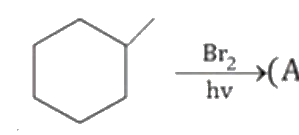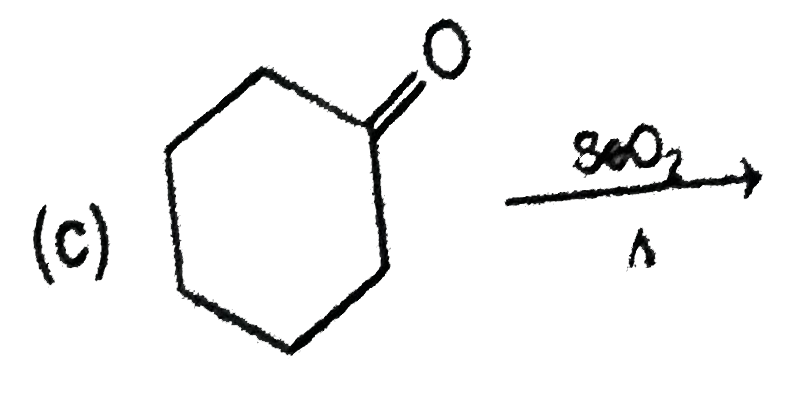Identify the following:
Also mention the oxidation state of S in all the compounds.
Video Solution
Text Solution
Oxidation states of sulphur:
a.
b.
c. (Sodium thiosulphate)
Average oxidation numer.
But oxidation number of is wrong because both the S atom cannot be in same oxidation state as is evident form the fact what is treated with dil , one S atom gets precipitated while the other gets converted into . The oxidation numbers of these two S atom can, however, be determined by the chemical bonding method. By chemical bonding method, the structure of is
Since there is a coordinate bond between two S atoms. Therefore, the acceptor S atom has an oxidation number of . The oxidation number of other S atoms can be calculated as follows:
OR
Thus, the two S atoms in have oxidation number of and .

d. Structure of tetrahionate ion is
Since each of the two terminal S atoms is connected to two oxygen atoms by a double bond and one oxygen atom by a single bond, therefore, the oxidation state of each of these terminal S atoms is . Since two central S atoms are linked to each other by a single bond, each S is further attached to similar species on either side, the electron pair formaing the bond remains in the center and hence each of the two central S-atom has an oxidation state of zero. Therefore, oxidation number of two S-atoms are . However, the average oxidation state of the four S atoms is
2 S atoms in oxidation state and 2 S atoms in zero oxidation state.
|
Topper's Solved these Questions
- S-BLOCK GROUP 1 - ALKALI METALSBOOK - CENGAGE CHEMISTRY ENGLISHCHAPTER - S-BLOCK GROUP 1 - ALKALI METALSEXERCISE - Archives True/False
1 Videos
- REDOX REACTIONSBOOK - CENGAGE CHEMISTRY ENGLISHCHAPTER - REDOX REACTIONSEXERCISE - Archives (Integers)
1 Videos
- S-BLOCK GROUP 2 - ALKALINE EARTH METALSBOOK - CENGAGE CHEMISTRY ENGLISHCHAPTER - S-BLOCK GROUP 2 - ALKALINE EARTH METALSEXERCISE - Ex 5.1 Objective
2 Videos
Similar Questions
Knowledge Check
Identify C in the following series C3H7IKOH−−→alc.ANas−−→ΔBKCN−−→alc.C
A(CH3)2CH−CNBCH2=CH−CH2CNCBr−CH=CH−CNDCH2=CH−C∣BrHCN
 Br2−−→hv(A)alc. KOH−−−−→(B)OsO4−−→(C)HlO4−−→(D), Identify 'D'
Br2−−→hv(A)alc. KOH−−−−→(B)OsO4−−→(C)HlO4−−→(D), Identify 'D'
View SolutionCHCl3+MeCOMeOH−−−→Aexcess KOH−−−−−−→BNaOH−CaO−−−−−−−→CKOBr−−→D
View SolutionCH3CH=CH2NBS−−→AKCN−−→BOH−/Δ−−−−−→CP/Br2−−−→DNH3−−→EΔ−−→F
View SolutionCH3CHONH2−NH2−−−−−−→[A]KOH−−→[B]Br2/hv−−−−→[C]KOH(alc)−−−−−→[D]
Identify D
View SolutionComplete the following
(a) CH3−CHOSeO2−−→Δ, (b) H3C−CH2−O∣∣C−CH3SeO2−−→Δ, (c)
View SolutionIn the following sequence of recation, identify the compounds (A), (B), (C ) and (D):
NSolutiona2CO3SO2−−→(A)Na2CO3−−−−→(B)S−−→Heat(C)AgNO3−−−→(D)
View SolutionIdentify (A) and (B) in the following:
KO2+SΔ−−→(A)
(A)+BaCI2→BWhite ppt.
View Solution
